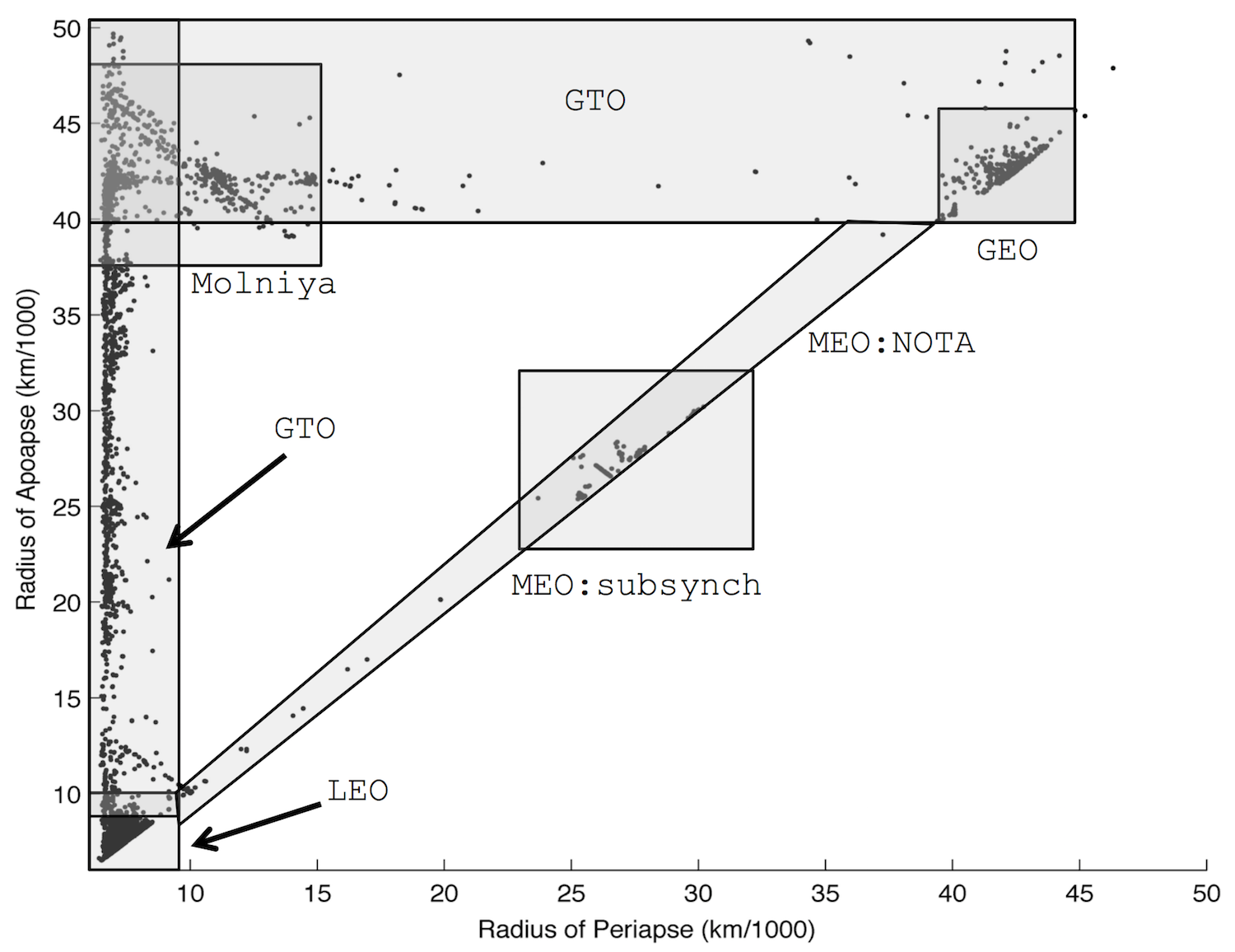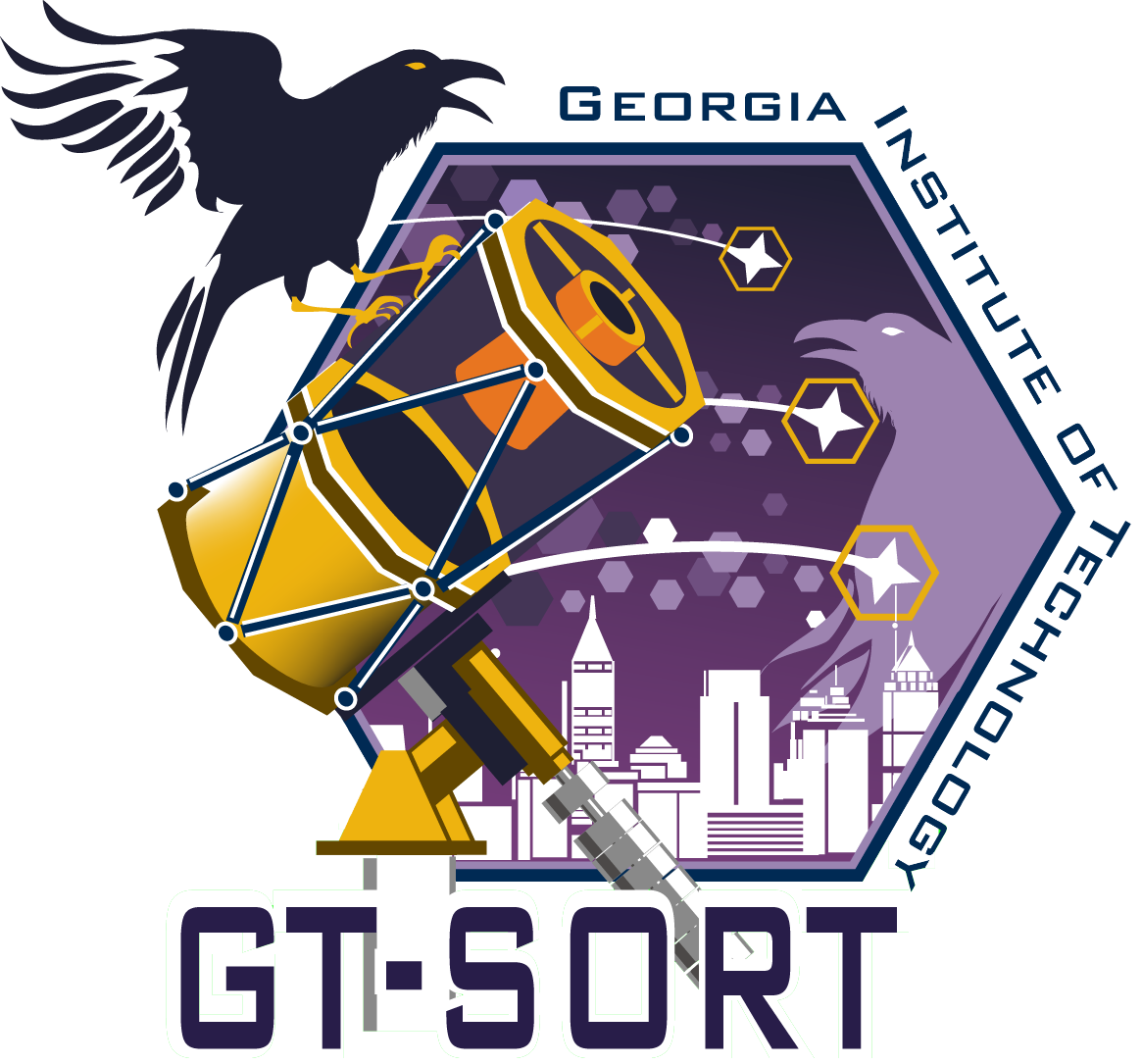A lot, as it happens.
 For Space Domain Awareness (SDA), when we see streaks (such as the one shown here captured using GT-SORT) in electro-optical sensors that are not associated with known objects, we find that we don't have enough information to determine exactly what that object is or where it's going.
For Space Domain Awareness (SDA), when we see streaks (such as the one shown here captured using GT-SORT) in electro-optical sensors that are not associated with known objects, we find that we don't have enough information to determine exactly what that object is or where it's going.
A new article in the Journal of Guidance, Control, and Dynamics titled Uncorrelated Track Classification, Characterization, and Prioritization using Admissible Regions and Bayesian Inference was published by our group this week that identifies how we can probabilistically classify objects and help us determine whether we should prioritize such objects for follow-up observations.
 Our method leverages user-defined admissible regions and Bayesian inference to achieve these classification and prioritization objectives, and examines these procedures with and without assuming that the current Space Object Catalog. We also propose several prioritization metrics including 'time left to detect,' 'zero-effort miss,' and the 'area-albedo' product.
Our method leverages user-defined admissible regions and Bayesian inference to achieve these classification and prioritization objectives, and examines these procedures with and without assuming that the current Space Object Catalog. We also propose several prioritization metrics including 'time left to detect,' 'zero-effort miss,' and the 'area-albedo' product.
Special thanks to my collaborators at AMOS and Integrated Defense Applications / Pacific Defense Solutions.



 For
For  Our method leverages user-defined admissible regions and Bayesian inference to achieve these classification and prioritization objectives, and examines these procedures with and without assuming that the current
Our method leverages user-defined admissible regions and Bayesian inference to achieve these classification and prioritization objectives, and examines these procedures with and without assuming that the current 

